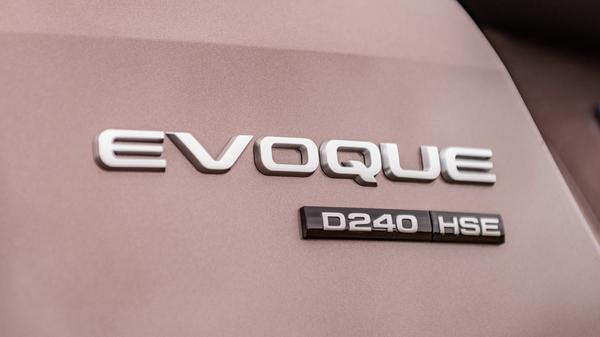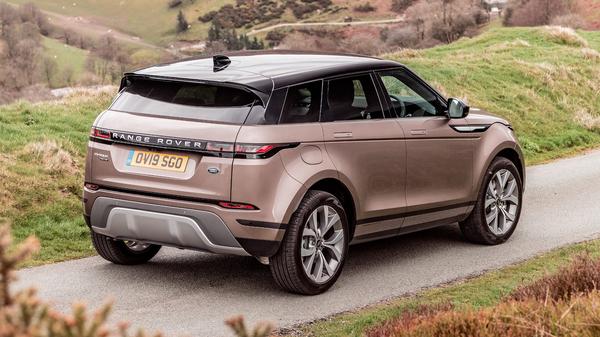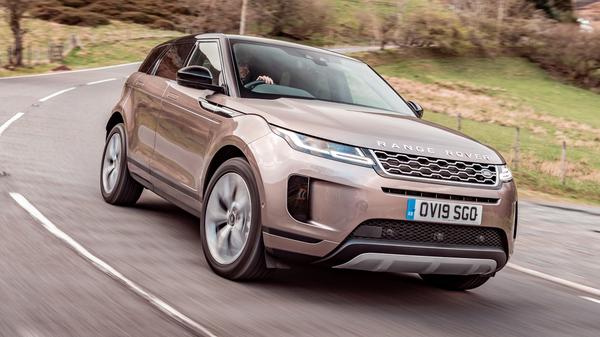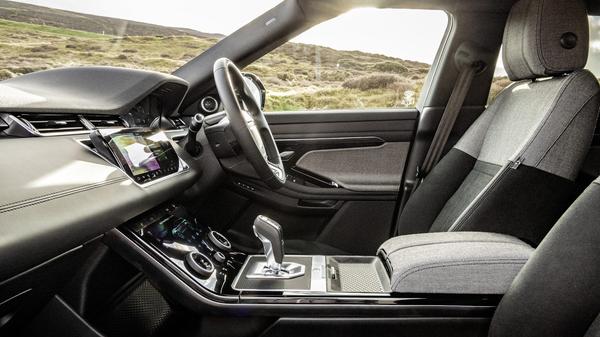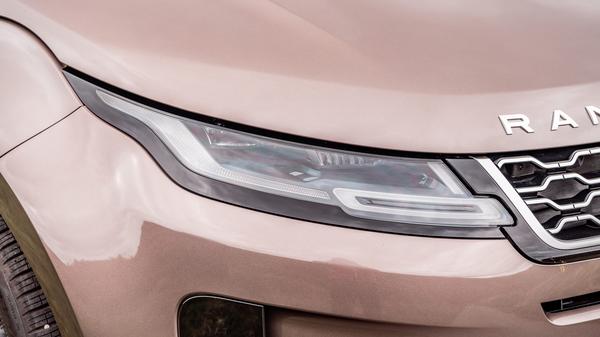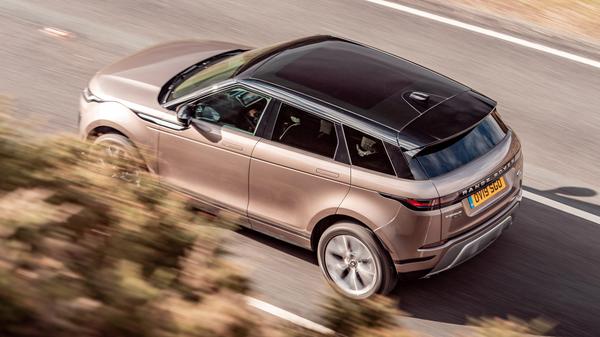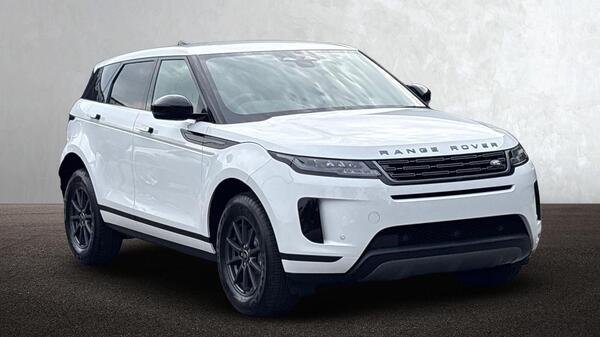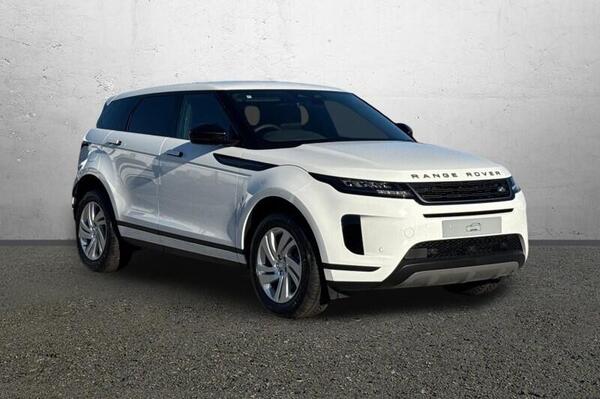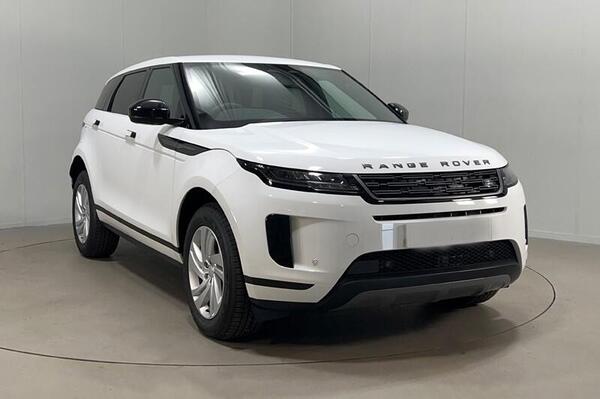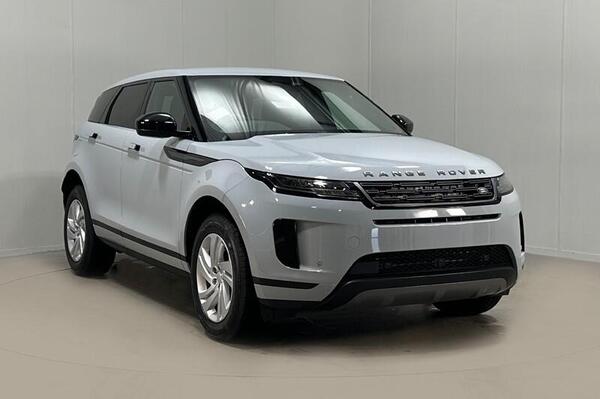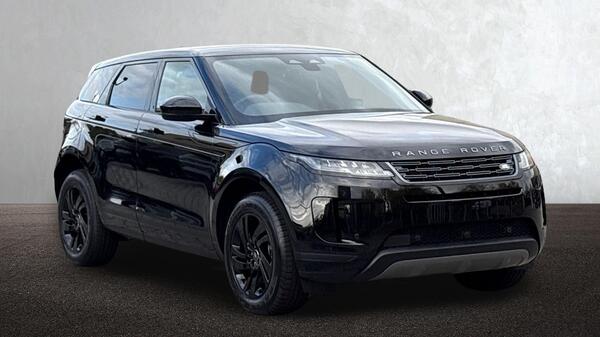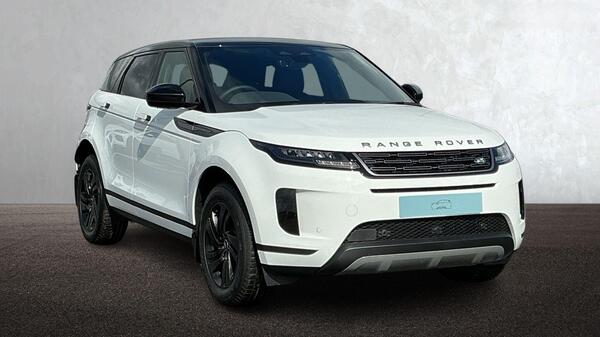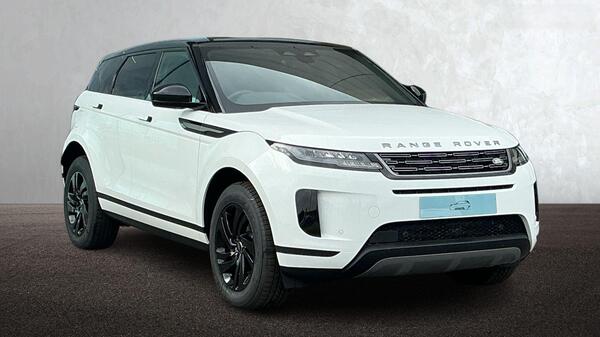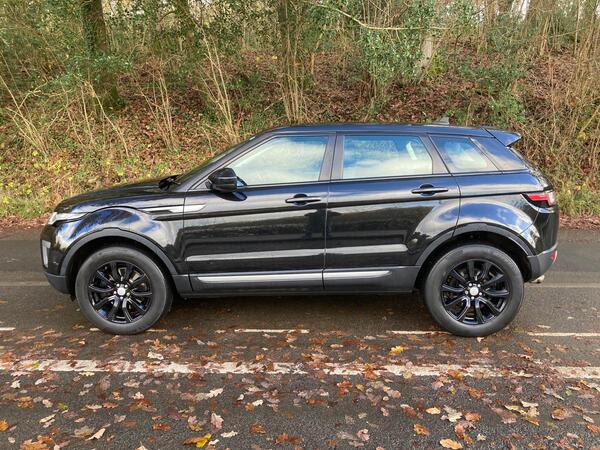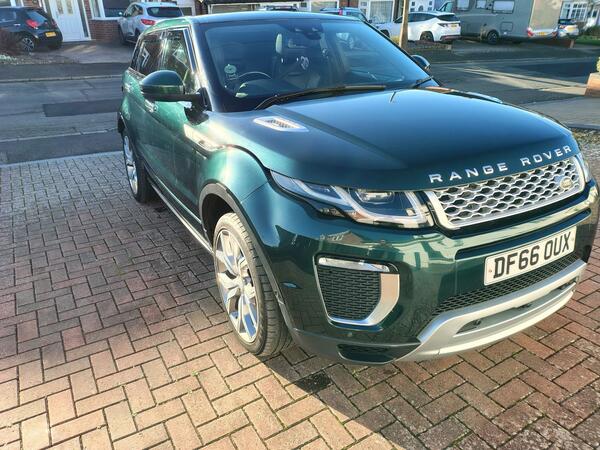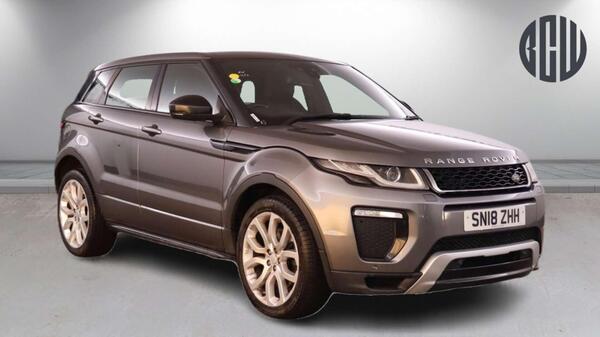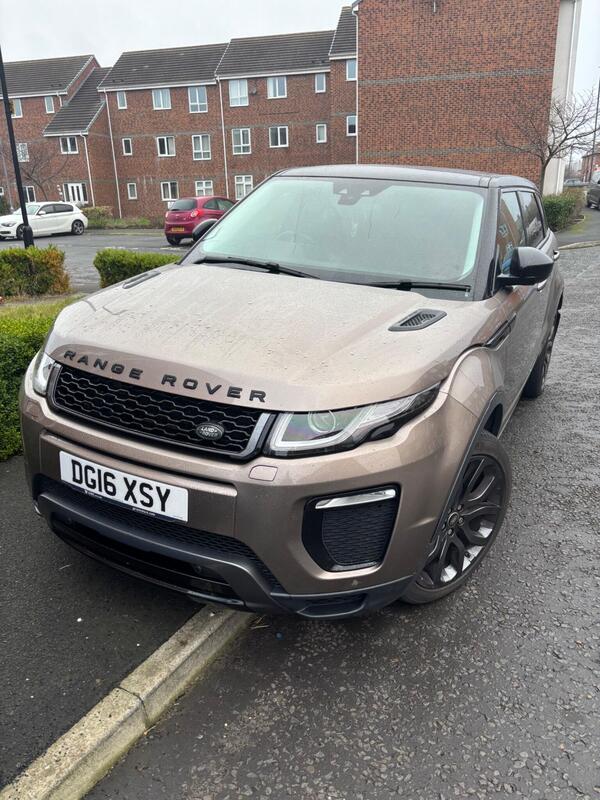The Evoque’s interior takes its cue from the larger
Velar, with a minimalist approach that largely ditches dashboard buttons in favour of touchscreens. Higher spec models get a pair of screens in the centre, one for entertainment and navigation and the other for vehicle set-up, temperature control and so on. It looks very slick and it’s reasonably easy to use, although you might want to pull over when using some of the more complicated functions.
The seats in the cars we’ve tried lack some lateral support and aren’t quite as plush as you might expect – you feel like you’re perching on them rather than nestling into them. But they are available with a range of luxurious upholsteries, and the driving position is good with a range of adjustment on both seat and steering wheel. There’s a cockpit-like feel to the front of the cabin, with a high centre console, and higher-spec versions get a screen in front of the driver in lieu of the more traditional analogue dials you’ll find in lower-spec cars.
There’s plenty of opportunity to spec your Evoque to match your personal style, and for the most part, the materials used feel luxurious and a bit different to those offered by rivals. However, some of the plastics don’t feel as solid as you’d expect from a car like this, and things don’t feel quite as well screwed together as in an Audi Q3. Overall, though, it’s a pleasant environment to sit in.
While not exactly cavernous, the boot is at least the same size as you’ll find in an average hatchback. The rear seats fold down for more space, but they don’t go completely flat, so the Evoque isn’t an ideal companion for those moments when you need to slide long slabs of flat-pack furniture into place.
The Evoque doesn’t feel particularly roomy for passengers, either. The convergence of the rakish roof line and the rising window line means it can feel quite dark and enclosed in the back, especially in cars without the panoramic sunroof. If you can see past this, though, there’s actually enough space to be comfortable.
The tiny rear window means visibility isn’t great, but to combat this, Land Rover offers a rear-view camera system called ClearSight, which displays a wider view on a screen in the rear-view mirror. It’s standard on HSE models, but an option on others. Once you’re used to it, it works quite well.
Storage-wise, there’s space under the central armrest and reasonably sized door pockets, as well as a couple of cupholders between the front seats. They’re different sizes, which is great if you have different-sized containers.
The first Evoque aimed to provide a sporty driving experience, but this second-generation car is more mature in its character. The comfort levels are reasonable, both with the standard suspension and the optional adaptive suspension, and while there’s a bit more up-and-down movement from the car in the standard set-up as you ride over bumps, you expect a car wearing the Range Rover badge to be a bit wafty.
It’s pretty tidy through the corners, too. The Evoque is quite a heavy car, due in part to all its tech and off-road kit, and you can feel all that weight sloshing around as you change direction. There’s a bit more body roll with the standard suspension than the adaptive, but you’ll find both very capable. The weight of the steering is a little inconsistent,too, but push on and you’ll find plenty of grip and control, which makes the Evoque feel settled, safe and unflustered.
It’s way more capable off-road than its rivals, too, at least in all-wheel-drive guise. You can select a range of set-ups for different terrain, from gravel to mud and ruts to snow, and while the Evoque can’t boast the clambering ability of its larger Land Rover colleagues, it certainly won’t disgrace itself.


